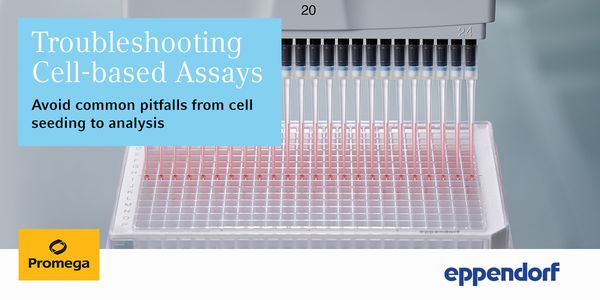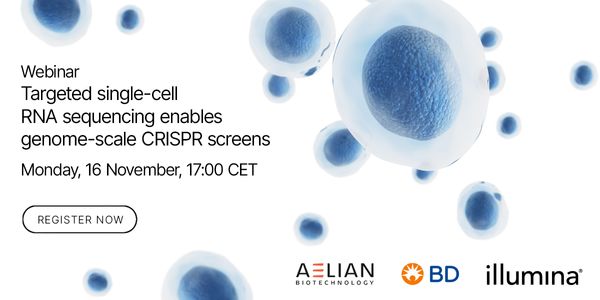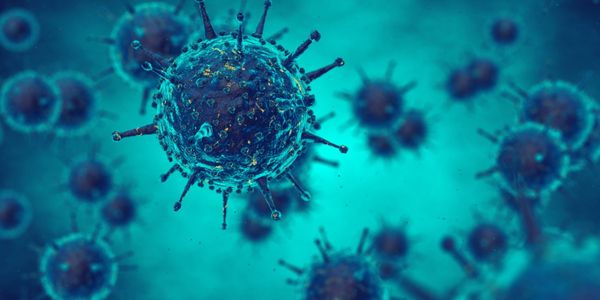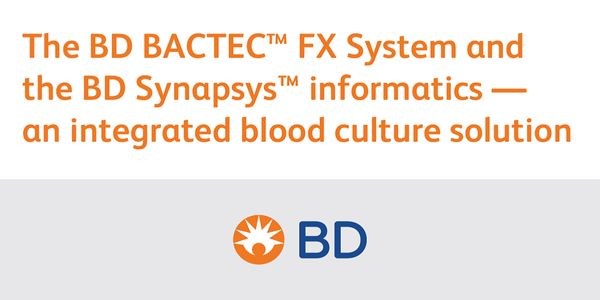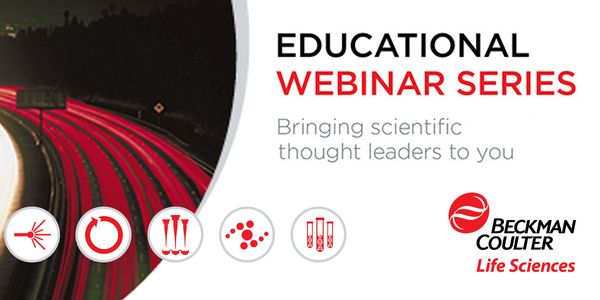Data Collection
Most simply, data collection is the process of gathering and measuring information on variables of interest. It's usually based on an established, systematic fashion which enables one to answer a stated research question, test hypotheses, and evaluate outcomes.
-
DEC 03, 2020 | 9:00 AMDate: December 3, 2020 Time: 9:00am (PDT), 12:00pm (EDT) Scientific cameras used in applications such as light sheet microscopy and calcium/voltage imaging put a large emphasis on high speed...NOV 18, 2020 | 7:00 AMDATE: November 18, 2020 TIME: 7:00am PST, 10:00am PST, 4:00pm CEST The assessment of cell health and cellular responses after experimental manipulation continue to be a very important......NOV 16, 2020 | 8:00 AMDate: November 16, 2020 Time: 8:00am (PST), 11:00am (EST) CRISPR screening has become the prime discovery tool in modern biomedical research and drug discovery. At the same time, most screen...Point-of-care testing (POCT) is destined to play a much greater role in chronic disease diagnosis and management. Advanced POCT systems are being developed to deliver less costly and more ac...Speaker: Xiaowu (Shirley) Tang, PhD, PEng
NOV 09, 2020 | 10:00 AM
Date: November 9th, 2020 Time: 10:00am PDT SARS-CoV-2 continues to spread rapidly with critically ill patients admitted to the intensive care unit (ICU), where the mortality rate is reported...
While circulating cell-free DNA (ccfDNA) and to some extend CTCs from blood are routinely used as analyte in liquid biopsy cancer research applications, circulating cell-free RNA (ccfRNA) ha...
Speaker:
Thorsten Voss, PhD
This lecture will encompass the learning experience I have had over my 14,000 RALP cases. We will present an evidence based prospective data collection and analysis of RALP outcomes. We will...
Suspension by day, imaging by night: how to efficiently manage your system and optimize utilization Presented By: Jared K. Burks, PhD Mass cytometry, be it suspension or imaging, opens the d...
Speaker:
Jared K. Burks, PhD
, Matthew Cochran, MS
, Emily Thrash, PhD
, Akil Merchant, MD
Presented at: 9th Annual Fluidigm Mass Cytometry Virtual Summit
SEP 23, 2020 | 10:00 AM
DATE: September 23, 2020 TIME: 10:00am PT, 1:00pm ET Diagnostics, particularly blood cultures, play a key role in sepsis diagnosis. Best practices are well-known for collection, transport, a...
Single-cell mass cytometry identifies mechanisms of resistance to immunotherapy in AML 6:30–7:00 am PDT Presented By: Shelley Herbrich, PhD Understanding CD19 negative relapse followin...
Speaker:
Shelley Herbrich, PhD
, Kara L. Davis, DO
, Bernd Bodenmiller, PhD
Presented at: 9th Annual Fluidigm Mass Cytometry Virtual Summit
SEP 16, 2020 | 6:00 AM
Date: September 16, 2020 Time: 7:00am (PDT), 10:00am (EDT) During the early stages of the COVID-19 outbreak in the UK, there was a great deal of uncertainty. Pathology and diagnostic service...
The selective pressure placed on the resident microbiota by local changes in the host environment – DNA damage, chronic inflammation, metabolic shifts, barrier damage, reduced immunosu...
Speaker:
K. Leigh Greathouse, PhD, MPH, MS, RD
Presented at: Microbiology Week Virtual Event Series 2020
Microbial biofilms form on all aquatic surfaces and can harbor pathogenic bacteria. In the aquaculture industry, Flavobacteria species can cause serious diseases and lead to high mortality....
Sepsis is a life-threatening condition that is caused by the immune system’s inability to respond appropriately to an infection. How sepsis can change the gut microbiome in ways that a...


